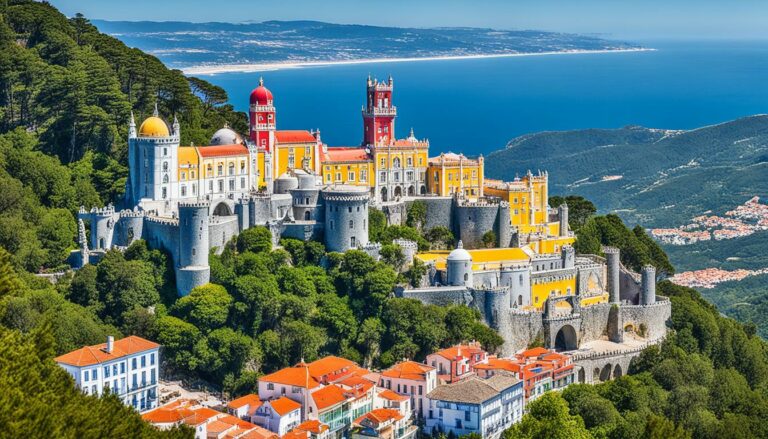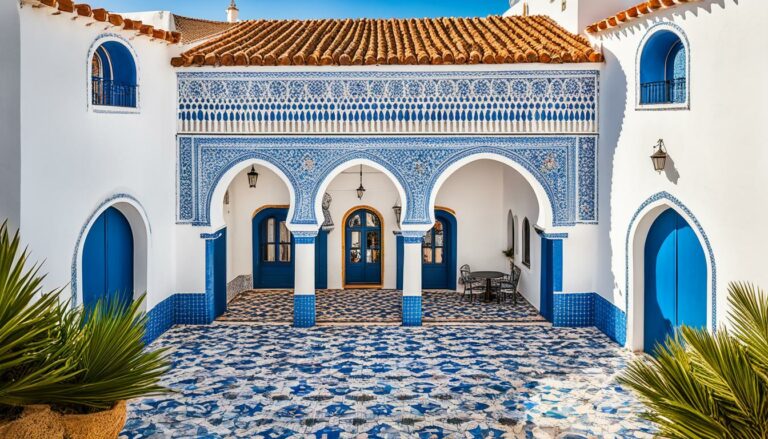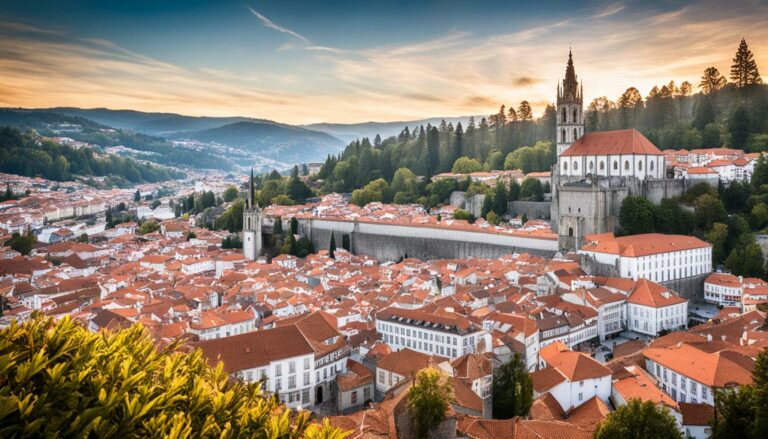Alfama, Mouraria and Martim Moniz: Lisboa off the beaten Path
Lisboa, the capital city of Portugal, is known for its vibrant culture, historical sites, and stunning architecture. While popular attractions like Alfama, Mouraria, and Martim Moniz attract many tourists, there are hidden gems waiting to be discovered in these areas. In this article, we will explore the lesser-known, off-the-beaten-path locations in Alfama, Mouraria, and Martim Moniz, showcasing Lisboa’s unique and secret spots.
When visiting Lisboa, it’s easy to get caught up in the bustling crowds and touristy hotspots. But for those who are willing to venture off the beaten path, there are countless hidden gems to be found. Alfama, Mouraria, and Martim Moniz are neighborhoods that offer a different side of Lisboa – one that is authentic, non-touristy, and undiscovered by most visitors.
The charm of Alfama lies in its narrow streets, colorful houses, and Fado music filling the air.
Mouraria, the birthplace of Fado, is a melting pot of cultures, with its vibrant street art, multicultural restaurants, and lively atmosphere.
Martim Moniz, on the other hand, is an up-and-coming neighborhood that offers a mix of trendy bars, hipster cafes, and a multicultural food market.
From secret gardens and palaces to hidden museums and street art, these neighborhoods are filled with unique and alternative experiences that will give you a deeper understanding of Lisboa’s rich history and culture.
So, if you’re looking to explore Lisboa off the beaten path, join us as we uncover the hidden gems of Alfama, Mouraria, and Martim Moniz.
National Tile Museum
The National Tile Museum, or Museo Nacional do Azulejo, is a hidden gem located in the ancient 16th-century convent of Madre de Deus. The museum showcases the beauty of Portuguese azulejo tiles, with exhibits ranging from the Moorish-influenced designs of the 16th century to abstract creations of the 20th century.
The pièce de résistance is a 75-foot-long panel depicting Lisbon before the great earthquake of 1755. The intricate craftsmanship and vibrant colors of the azulejo tiles tell the story of Lisbon’s history and cultural heritage. It’s fascinating to see how this art form has evolved over the centuries.
The National Tile Museum is often overlooked by visitors, but it is a must-see for tile enthusiasts and history lovers. The museum’s collection not only showcases the artistry of the tiles but also provides insight into the social and political aspects of Portugal’s history.
Entry to the museum is 5 Euros for adults, but with the Lisboa Card, admission is free. Don’t miss out on the opportunity to explore this unique museum and appreciate the art of azulejo tiles.
Palace of the Marquesses of Fronteira
As you explore Lisbon’s hidden gems, one of the standout discoveries has been the Palace of the Marquesses of Fronteira. This 17th-century palace is a true hidden gem, tucked away just outside the city’s historic center. Built-in 1640, the palace is still inhabited by the current marquis, adding to its authentic charm.
The Palace of the Marquesses of Fronteira is known for its Room of Battles, often compared to the Sistine Chapel of Tilework. Here, intricate scenes from the Restoration War are depicted on the stunning blue-hued tiles, showcasing the palace’s historical significance.
However, it’s the grotto-like garden that truly steals the show at the Palace of the Marquesses of Fronteira. Influenced by Italian design, this serene garden is adorned with exquisite blue tiles, considered some of Portugal’s finest. It’s the perfect place to escape the hustle and bustle of the city and immerse yourself in the beauty of nature.
Due to its off-center location, the Palace of the Marquesses of Fronteira remains one of Lisbon’s best-kept secrets.
A visit to this 17th-century palace is a must for anyone seeking to uncover Lisbon’s oldest destinations and experience the magic of this enchanting city.
Quinta dos Azulejos Garden
This 18th-century garden, following the Moorish tradition, is a picturesque oasis. As you step into this enchanting garden, you are greeted by an inward-looking design and a tranquil central courtyard that invites peaceful contemplation.
The highlight of the Quinta dos Azulejos Garden is its breathtaking three-dimensional tiling, which adorns every corner of this architectural masterpiece. Pillars, columns, arches, and other structural elements are engulfed in intricate azulejo tiles, creating a mesmerizing display of artistry. Scenes depicting chivalry, hunting, and religion embellish the tiles with elaborate detail and vibrancy, showcasing the incredible craftsmanship of Portuguese artists.
Museum of Decorative Arts
The Museum of Decorative Arts is a true gem nestled in Lisbon’s Alfama neighborhood. Housed in the historic Azurara Palace, this house-museum is home to a remarkable private collection of decorative arts, curated by Ricardo Ribeiro do Espírito Santo Silva, an esteemed art collector of the 20th century.
The collection showcases:
- exquisitely carved wood furniture
- intricate tapestries
- magnificent paintings
- delicate china
This unique museum offers a rare glimpse into the lives of Portuguese nobility in the 17th and 18th centuries.
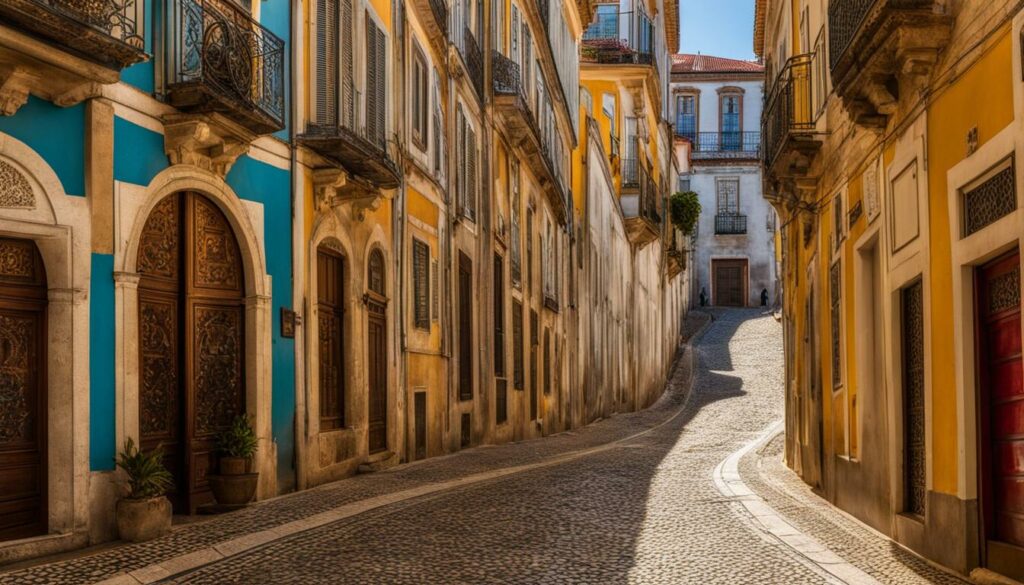
Street Art of Bordalo II
Bordalo II is a renowned street artist in Lisbon known for creating art from recycled materials as a statement on consumerism and sustainability. His works can be found throughout the city, adding a vibrant touch to the urban landscape. One of his notable pieces is the Raccoon in Belém, a striking sculpture made from discarded materials that draws attention to the impact of human waste on the environment.
The art of Bordalo II is not only visually captivating but also carries a powerful message about our consumerist society and its impact on the environment. Through his art, he encourages us to rethink our relationship with waste and the choices we make as consumers.
Bordalo II’s creativity knows no bounds, and his works continue to evolve.
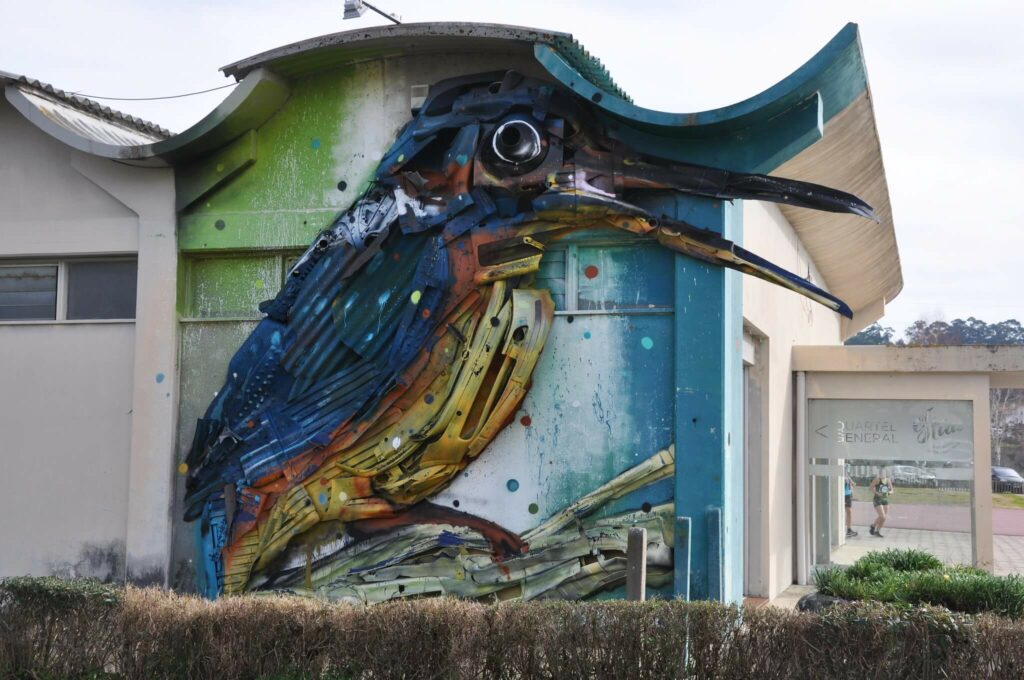
Street art in Lisboa
Exploring the LX Factory
The LX Factory, is a creative and cultural hotspot in Lisbon. This former industrial complex now houses a variety of art galleries, design shops, trendy restaurants, and bars. It is a haven for artists, designers, and creatives, attracting both locals and tourists alike.
Visiting the LX Factory not only provides an opportunity to admire the work of Bordalo II but also allows you to immerse yourself in the thriving artistic scene of Lisbon. As you explore the factory, you’ll encounter an array of street art, murals, and innovative displays that showcase the city’s dynamic and ever-changing creative spirit.
Ler Devagar Bookstore at LX Factory
Welcome to Ler Devagar Bookstore, a hidden gem nestled in the heart of Lisbon’s hipster LX Factory. As one of the most beautiful bookstores in the world, Ler Devagar offers a unique and immersive reading experience.
Step inside this three-story haven, and you’ll be surrounded by books of all genres neatly arranged from floor to ceiling. The cozy atmosphere invites you to explore the endless pages that hold countless stories, knowledge, and inspiration.
While browsing the shelves, you’ll notice the antique printing press, a captivating relic that adds to the store’s charm. Don’t miss the sight of a flying bicycle hanging from the ceiling, an intriguing artistic touch that sparks curiosity and wonder.
A Literary Hangout
The Ler Devagar Bookstore is not just a place to find your next favorite book; it’s also a hub for bookworms and casual readers alike. Find a comfortable spot at one of the many tables scattered throughout the store, and indulge in a cup of coffee while flipping through the pages of your new literary discovery.
Livraria Bertrand
When it comes to bookstores, Livraria Bertrand in Lisbon’s Chiado neighborhood is truly remarkable. As the world’s oldest bookstore, it holds a special place in the hearts of book lovers. Stepping inside this charming bookstore feels like entering a treasure trove of knowledge and history.
Although the exterior may not be grandiose, the interior of Livraria Bertrand is filled with an incredible collection of books from various genres.
What sets Livraria Bertrand apart is its unique connection to the past.
The bookstore proudly showcases the private collection of a nobleman and art collector from the 20th century, Ricardo Ribeiro do Espírito Santo Silva. The carefully curated selection of books, combined with the elegant interior design featuring carved wooden furniture, tapestries, and paintings, creates an atmosphere reminiscent of the opulence of Versailles.
With an entry fee of just 2 euros, it’s an affordable and enriching experience for any book enthusiast.
Located in Lisbon’s Chiado neighborhood, Livraria Bertrand is easily accessible:
- Visitors can reach it by walking from Baixa, taking Tram 28
- Or hopping on Bus 737.
Miradouro Senhora do Monte
Miradouro Senhora do Monte is a hidden gem nestled in Lisbon’s charming Graça neighborhood. As the highest viewpoint in the city, it offers an awe-inspiring panoramic view of the magnificent Lisbon skyline.
The breathtaking scenery stretches all the way to the iconic 25 de Abril Bridge, creating a postcard-perfect view that will undoubtedly leave you in awe.
Unlike the other seven hills that Lisbon is famous for, Miradouro Senhora do Monte is not officially counted among them. However, its elevated position and unobstructed view make it a truly remarkable and must-visit destination for anyone exploring the city.
A Hidden Gem in Lisbon’s Graça Neighbourhood
Lisbon’s Graça neighbourhood, where Miradouro Senhora do Monte is located, is known for its authentic charm and traditional character. The area showcases narrow streets, picturesque squares, and historic buildings that embody the city’s rich heritage.
When you visit Miradouro Senhora do Monte, take the time to explore Graça and uncover the hidden corners of this delightful neighbourhood. Immerse yourself in the local culture, sample traditional cuisine, and discover the stories and legends that make Graça come alive.
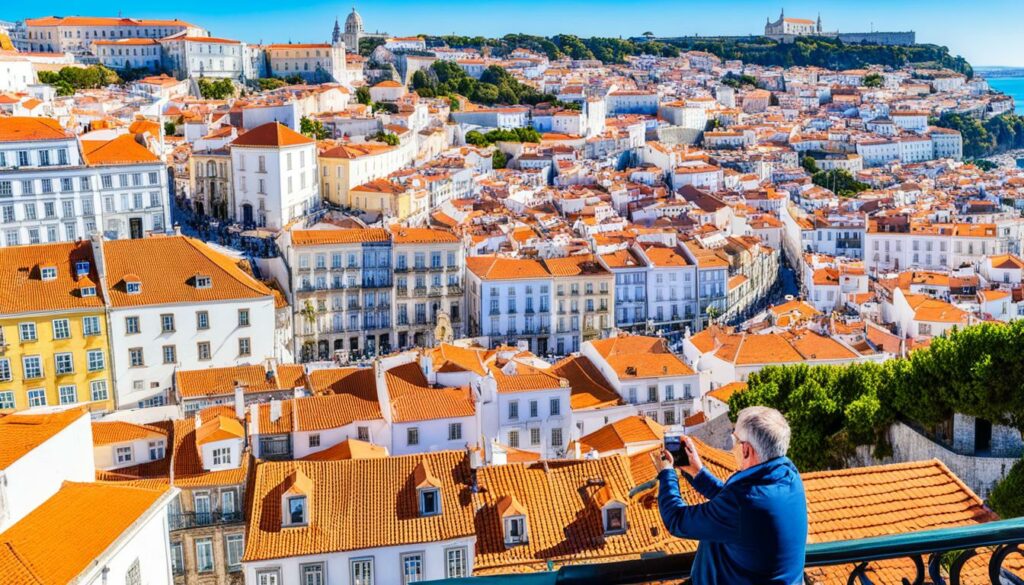
Jardim da Cerca da Graça
Located in Lisbon’s charming Graça neighborhood, Jardim da Cerca da Graça is a hidden gem for nature lovers. This expansive green space offers a tranquil escape from the bustling city, providing stunning views of the castle and the bridge.
The park is family-friendly, with a small playground where children can have fun. You can also grab a snack or drink from the convenient kiosk to enjoy while you immerse yourself in the picturesque surroundings.
In sum, we invite you to explore the hidden gems of Alfama, Mouraria, and Martim Moniz in Lisboa.
These off-the-beaten-path locations offer a unique and alternative experience, far from the tourist crowds. From the cultural wonders of the:
- National Tile Museum
- Palace of the Marquesses of Fronteira
- Quinta dos Azulejos Garden
- Museum of Decorative Arts
For art enthusiasts, the vibrant street art by Bordalo II adds a modern twist to the city, while book lovers can find solace in the literary havens of Ler Devagar Bookstore and Livraria Bertrand. And when in need of breathtaking views and tranquil green spaces, Miradouro Senhora do Monte and Jardim da Cerca da Graça are the perfect choices.
So, pack your bags and venture off the beaten path in Alfama, Mouraria, and Martim Moniz. Discover the wonders of Lisboa’s hidden gems and dive into its rich history and culture, and create unforgettable memories along the way. Lisboa’s secret spots await you!
To learn more abour Medieval Portugal and Portugal off the beaten path we reccomend the following articles:
Medieval Portugal: From the Northern Villages to the South Countryside of Alentejo
Portugal off the beaten Path: Discover the Moorish Heritage of the Portuguese


